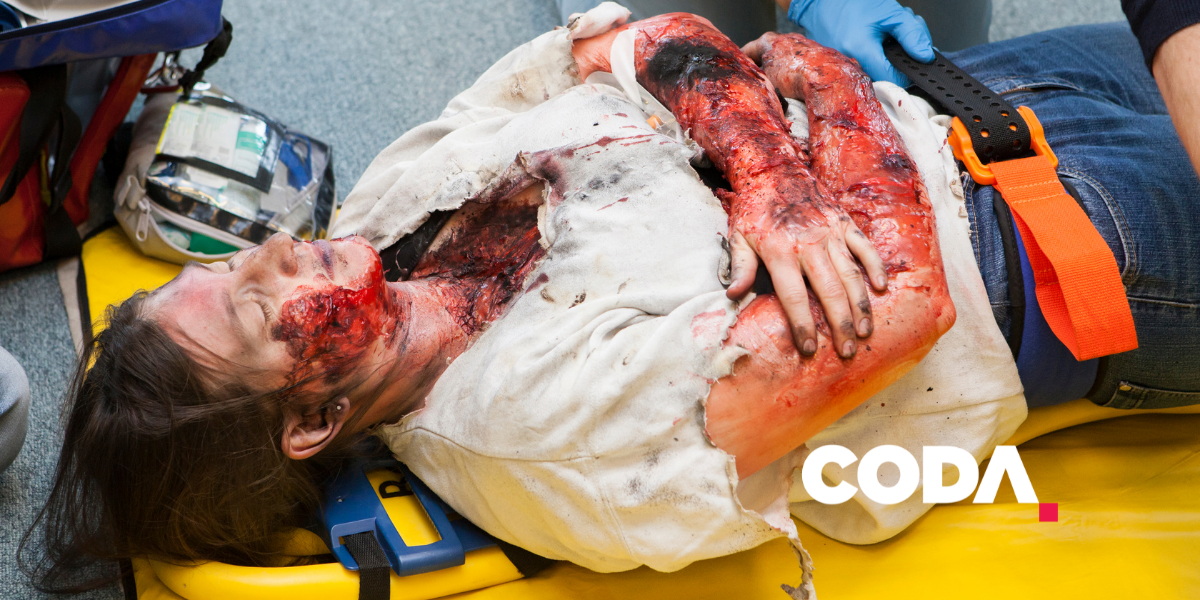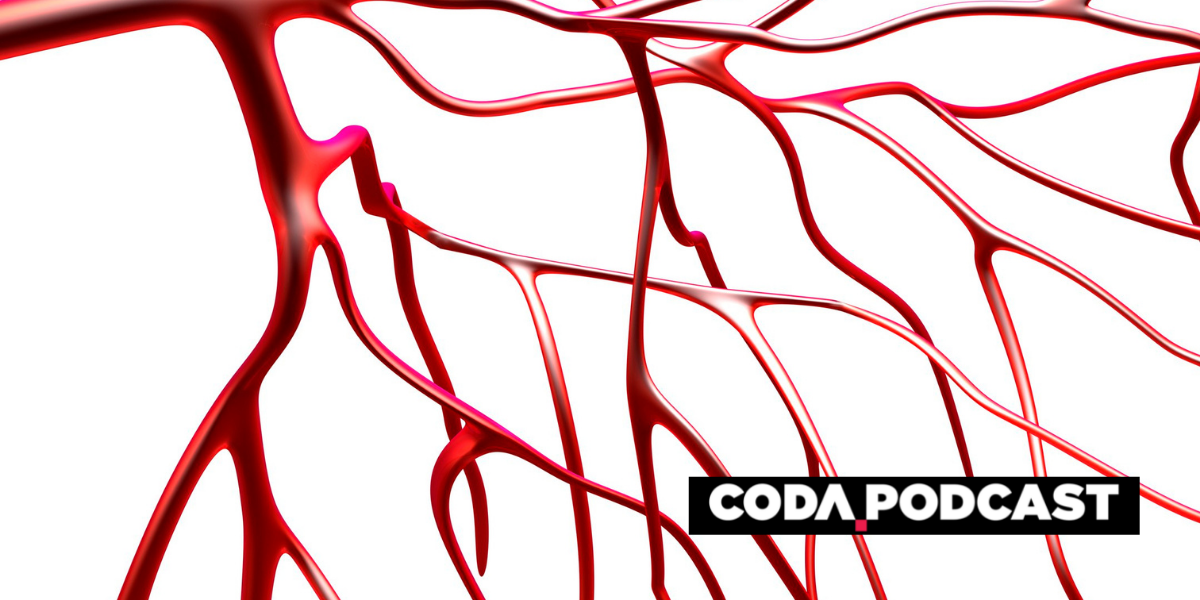Vascular Access: Reducing risk and increasing catheter longevity
A structured decision matrix in the approach to vascular access reduces catheter-associated complications and increases device longevity. Evidently, there are over 15,000 central venous catheters are placed annually in Australia.
Moreover, the actual insertion process for placing a central line only accounts for a small part of the ‘life span’ of that line (approximately 1%). However, the choices made at the time of insertion have a huge impact on the longevity of the device and the associated complications.
In this introductory talk Evan Alexandrou outlines the top ten tips for reducing complications associated with vascular access devices:
- Firstly, always use ultrasound: Never do a blind puncture
- Ensure with the site chosen for the catheter that it exits the skin on a flat surface
- Next, consider the Axillary vein in preference for the subclavian vein
- Use micro-puncture techniques
- Then, avoid using a scalpel if possible
- Avoid inserting catheters all the way to the hub
- Furthermore, use impregnated dressings when possible
- Use sutureless securing techniques
- Secure the dressing on a flat surface (refer rule 2)
- Finally, ensure optimal positioning of the catheter tip by utilising ultrasound or intracavitary ECG
We hope you enjoy part 1 of the Vascular Access series: Reducing risk and increasing catheter longevity by Evan Alexandrou. Make sure you don’t miss the other episode in this two part series.
For more like this, head to our podcast page. #CodaPodcast





